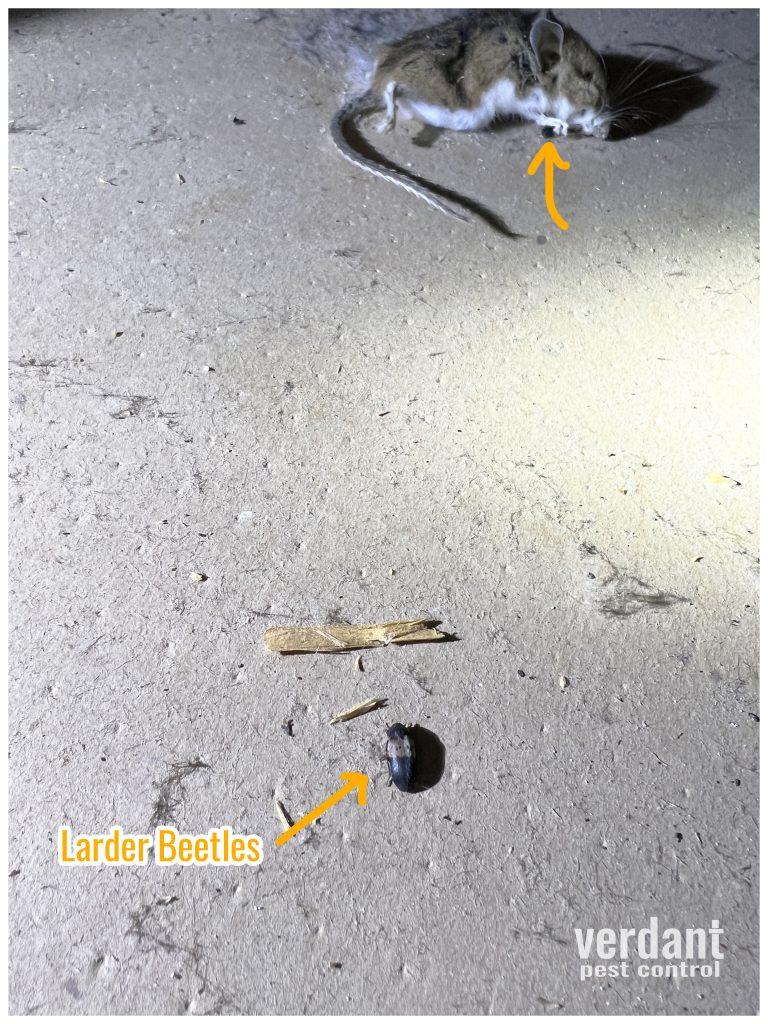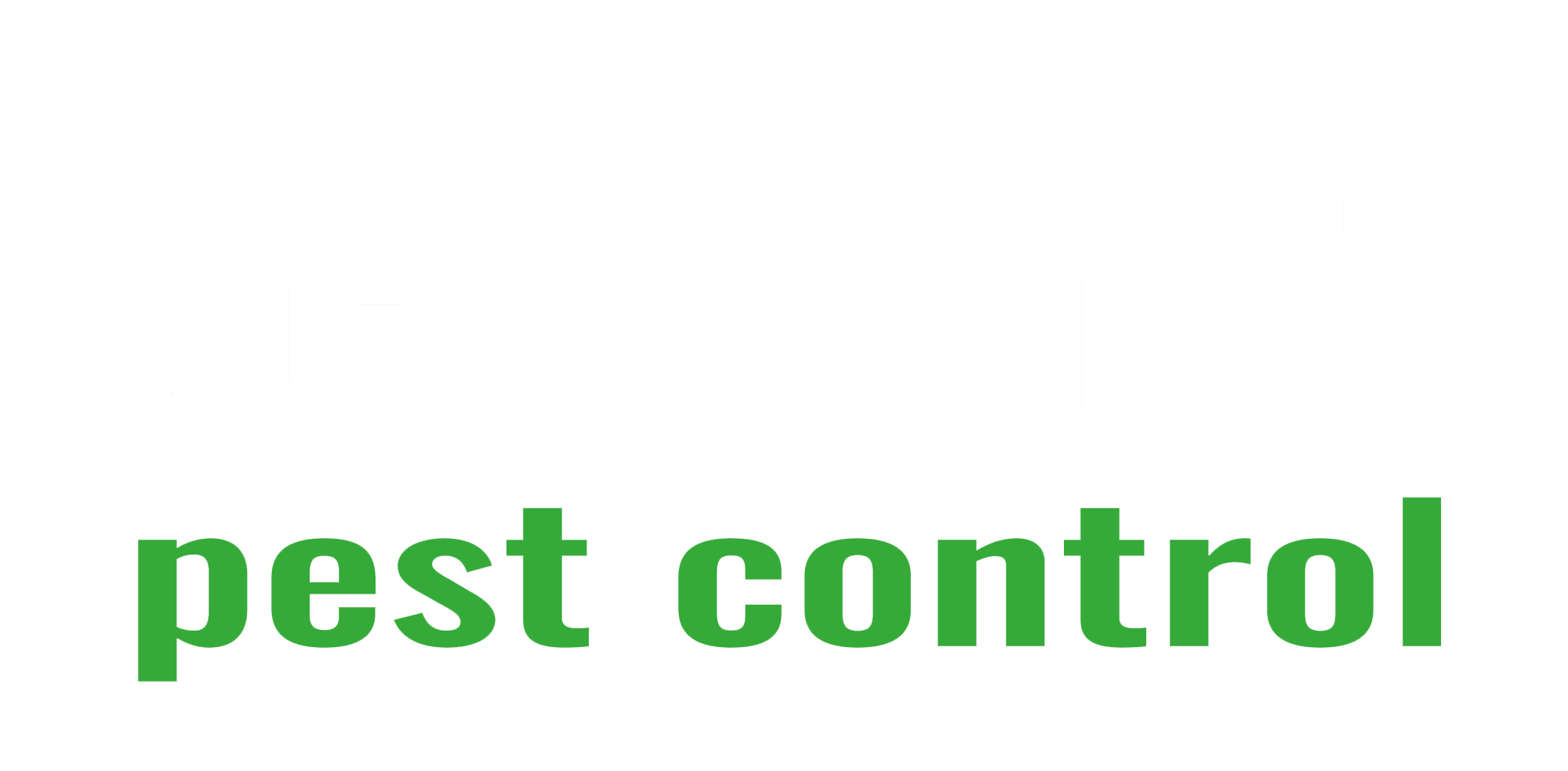Added 250 more trees to be planted!
- Mon-Fri: 8am-5pm | Sat: 9am-12pm
- info@VerdantPestControl.com
- MA - 413.514.BUGS
- CT - 860.454.4004
April 3, 2023
I'm always a little hesitant to show some pics out of concern for the squeamish...but if you're following this page it can't be that bad. 😅 So, here we have an expired mouse and accompanying this little guy is a couple of Larder Beetles. If you are seeing these occasional invaders it could be an indication of another pest problem, in this case a mouse infestation.

Give us a call or send us an email to get protection against pests for your family, pets, home and business!

Copyright © Verdant Pest Control 2025. All rights reserved. CT B-5079 | HIC-0664205